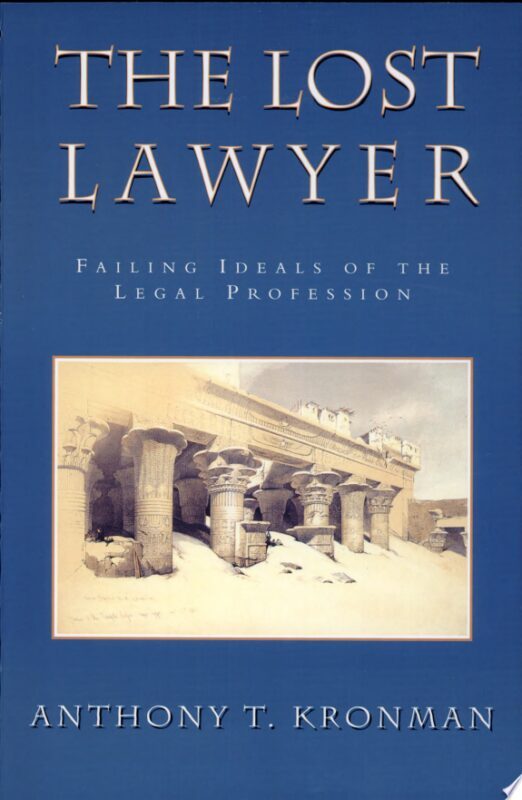Ambiguity and Reasonable Use
Michael Sean Quinn*
As everyone knows, if and only if the language of a contract, including that of an insurance policy, is ambiguous, it is construed against the party that drafted the contract. Almost invariably, in contracts of insurance, this rule favors the insured; it is virtually never the opposite. How else could it work, so long as the typical insurance contract is a widely utilized form created by the insurer or some sort of committee of the industry?
Recently, the Texas Supreme Court set forth a helpful formulation of the of its rule on how to treat ambiguities. Its passage on this matter unifies virtually everything else it has ever said on the matter and should be treated as corner stone for any argument a litigant needs to give regarding ambiguity in the language of insurance contracts.
Vast piles of citations are not longer necessary, if they ever were.
Hence forth it is no longer necessary to cite long lists of cases on the matter policies It is henceforth not necessary to do this, unless one is trying to assert that “the Ambiguity Rule” (the Rule) has a long history, that the formulation of this court is somehow weak because it was a split decision, 6-3, or that a brief writer or oral advocate is some how an authority, since ostensibly learned. (In reality, the dissenting opinion does not disagree with the majority’s description of the Rule, but only with the way it was applied it here.)
The case is RSUI Indemnity Company v. The Lynd Company, No. 13-0080 (May 8, 2015). It is a property damage case arising out of Hurricane Rita addressing the meaning of an unusual endorsement in an excess policy where several different properties were covered.
In order to set forth here the doctrine elegantly set forth by Justice Boyd writing for a six justice majority, I shall simply recite it in essay form without quotation marks and without recording the several authoritative cases the court cites. The substance of what is written here is that of the court, mostly in its language. Where there are quotation marks they are one the court itself used when quoting an earlier case. I have adjusted some of the language the court used so that its doctrine applies to any court and to any rational analyst of insurance contracts.
I have taken it that this would be the Supreme Court’s intent. So here we go:
An insurance policy is a contract, generally governed by the same rules of construction as all other contracts. When construing a contract, one’s primary concern under the law is to ascertain the intentions of the parties as expressed in the document. Therefore, analyses begin with the language of the whole contract, because–again, under the established law–it is the best representation of what the parties mutually intended. Unless, the policy dictates otherwise, the accurate analyst, e.g., a judge, gives words and phrases their ordinary and generally accepted meaning, reading them in context and in light of the rules of grammar and common usage. One must strive to give effect to all of the words and provisions so that none is rendered meaningless. “No one phrase, sentence, or section [of the contract] should be isolated from its setting and considered apart from other provisions.”
When construing an insurance policy, a court must be mindful of other courts’ interpretations of policy language that is identical or very similar to the policy language at issue. “Courts usually strive for uniformity in construing insurance provisions, especially where. . . the contract provisions at issue are identical across jurisdictions.” The Supreme Court of Texas has “repeatedly stressed the importance of uniformity ‘when identical insurance provisions will necessarily be interpreted in various jurisdictions.'”
Sometimes insurers and insureds offer conflicting constructions of their contracts of insurance. If only one party’s construction is reasonable, the policy is unambiguous and [a court should] adopt that party’s construction. But if both constructions present reasonable interpretations of the policy’s language, we must adopt that party’s construction. If both constructions are present reasonable interpretations of the policy’s language, a court must conclude that the policy is ambiguous. In that event, a court “must resolve the uncertainty by adopting the construction that most favors the insured, and [when a court is] construing a limitation on coverage, [a court–{MSQ n. 1}] must do so “even if the construction urged by the insurer appears to be more reasonable or a more accurate reflection of the parties’ intent.” “This widely followed rule is an outgrowth of the general principle that uncertain contractual language is construed against the party selecting that language,” and is “justified by the special relationship between insurers and the insureds arising from the parties’ unequal bargaining power.”
In contract law, the terms “ambiguous” and “ambiguity” have a more specific meaning than merely denoting a lack of clarity in language. “An ambiguity does not arise simply because the parties offer conflicting interpretations.” Instead, “a contract is ambiguous only when the application of pertinent rules of interpretation to the fact of the instrument leaves it genuinely uncertain which one of two or more meanings is the proper meaning.” Thus a contract is ambiguous only if, after applying the rules of construction, it remains “subject t two or more reasonable interpretations.”
*Michael Sean Quinn, Ph.D., J.D., C.P.C.U., Etc.
The Law Firm of Michael Sean Quinn
and that of
Quinn and Quinn
1300 West Lynn Street, Suite 208
Austin, Texas 78703
(512) 296-2594
(512-656-0503)
MSQ n. 1: The phrase “limitation on coverage” is among the most important parts of the court’s discourse. The reason is that the strongest component of the Ambiguity Rule is not restricted to exclusions in insurance policies.
The case itself will be discussed in another blog/blawg soon.






Recent Comments